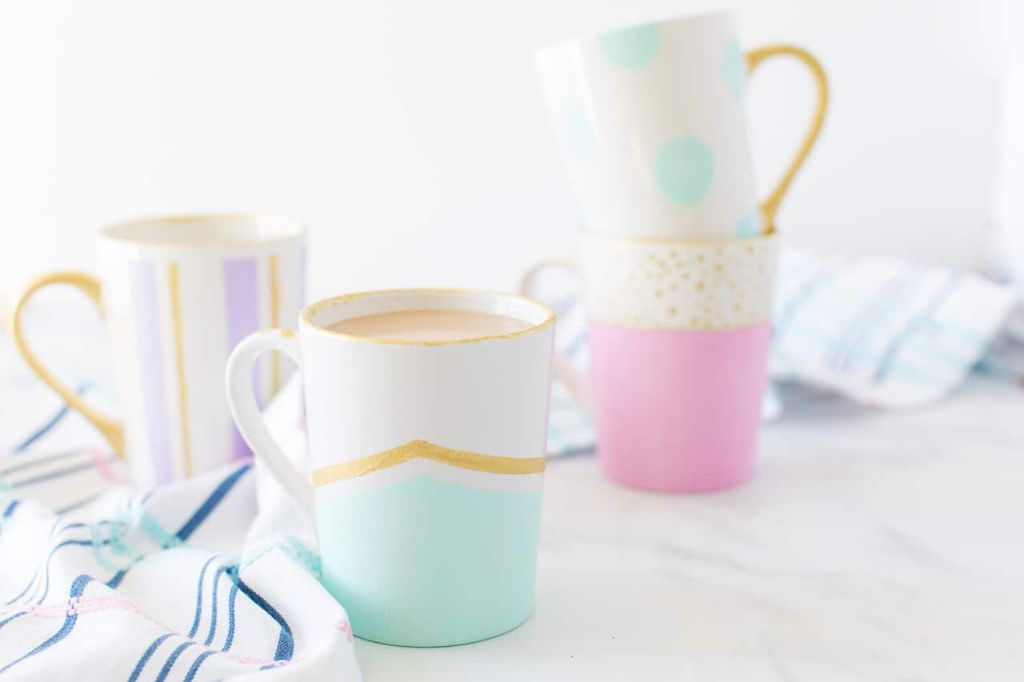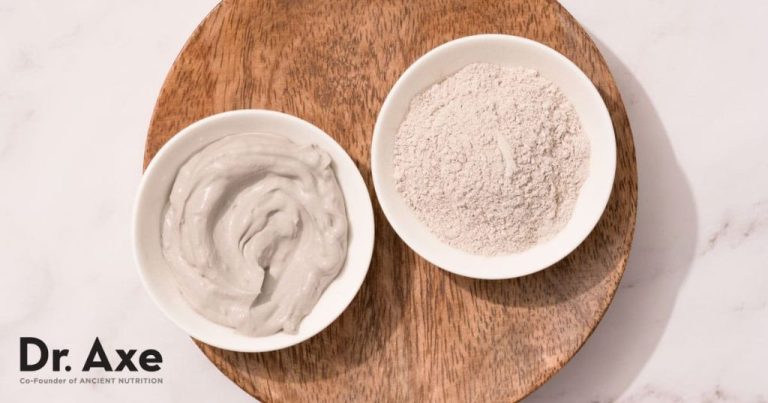Can You Paint Over Already Glazed Ceramic?
Ceramic glazes are glassy coatings applied to pottery and ceramic ware to provide decoration and make the surface watertight. Glazes are commonly applied by spraying, dipping, pouring or brushing and then fired in a kiln at high temperatures to fuse them to the clay body. Ceramic pieces are often glazed to enhance their aesthetic qualities and make them functional for containing liquids.
This article provides advice on whether it is possible to paint over an already glazed ceramic piece. We will overview the pros and cons, proper surface preparation, paint selection, application techniques, clear coating options, curing and care to help you decide if painting over glaze is the right option for your project.
Pros of Painting Over Glazed Ceramic
There are a few advantages to painting over already glazed ceramic pieces rather than stripping the glaze:
Painting over glazed ceramics allows you to change the color or design without having to completely remove the underlying glaze. This saves the time and effort of stripping off the glaze before repainting [1]. With proper surface prep, paint can adhere well to the glazed surface.
Painting over an already glazed surface can also be more budget-friendly compared to having to re-fire a piece in a kiln after reglazing. Paint and supplies tend to cost less than purchasing new glazes [2].
Cons of Painting Over Glazed Ceramic
There are a few drawbacks to consider when painting over an already glazed ceramic piece:
Paint will not have the same smooth, glass-like finish as glaze. Glazes melt at high temperatures to fuse with the clay body, creating a glossy surface. Paint sits on top of the glazed surface and will have a slightly different texture.
Design options are more limited compared to glaze techniques. Glazes can be mixed to create infinite colors and effects like dripping, pooling, and blending colors. Paint is more straightforward and it’s difficult to achieve the same depth of color as with glazes.
Over time, painted surfaces are more prone to chipping, scratching, and wear compared to durable glazed finishes. As a porous material, bare clay absorbs paint differently than glaze, and the paint may not adhere as strongly. Proper prep and sealing is important for paint longevity.
Prepping the Surface
Properly preparing glazed ceramic before painting is crucial for the paint to adhere correctly. The slick, glassy surface of glazed ceramic can cause paint to chip or peel if not prepped. Here are some tips for getting your ceramic ready to paint:
Lightly sand the surface with fine grit sandpaper to roughness so the paint can grip. Be very gentle, just enough to scuff up the finish slightly. Clean thoroughly afterwards to remove any dust from sanding. According to eHow, cleaning with rubbing alcohol or vinegar will help remove any residual oils and debris.
After cleaning, apply a bonding primer made specifically for glossy surfaces. The primer will help the paint better adhere to the ceramic. Allow the primer coat to fully dry before painting.
Proper prepwork helps paint stick to glazed surfaces without chipping or peeling. Light sanding, cleaning, and priming preps the ceramic so the paint bonds tightly.
Choosing Paint
When selecting paint for glazed ceramic, you have three main options: acrylic craft paint, ceramic paint, and spray paint. Each has its advantages and limitations.
Acrylic craft paint, such as brands like DecoArt or FolkArt, is very accessible and comes in endless color choices. However, it may scratch or fade more easily than ceramic paint over time. Apply a sealant for added protection. Craft paint is fine for items that won’t undergo high heat, like decorative bowls or figurines. But it’s not recommended for baking or microwaving, as it could release toxic fumes under high temperatures.
Ceramic paint is specially formulated to bond to glazed and glass surfaces. Brands like Pebeo and Delta offer opaque ceramic paint pens and paints ideal for customizing dishes, mugs, and tiles. Ceramic paint holds up better to repeated use and washing. Many ceramic paints claim to be food-safe and fine for baking/microwaving after proper curing time. Always check the product details.
Spray paint, particularly specialty spray paint for ceramics, allows quick, even coverage of large surfaces. Rust-Oleum makes a baked-on spray paint approved for ceramics, glass, and terra cotta. Follow all directions precisely for proper prep, spray technique, drying time, and curing to ensure durable results. Avoid using regular spray paint on ceramics.
Painting Techniques
When painting glazed ceramics, you have several application technique options to create different artistic effects. Using different strokes and tools can add visual interest and texture.
For covering larger areas, a brush is the most common tool. You can use broad, sweeping brushstrokes for a smooth, blended look or short, choppy strokes for a more textured style. Sponges are great for dabbing on paint to get a mottled, irregular pattern. Rubber stamps can imprint fun shapes or lines. Paint pens are ideal for adding fine details, outlines, and accents since they have precise felt tips.
Experiment with combining techniques like layering solid brushstrokes underneath stamped patterns. Sponging and stippling around the edges of brushstroked sections can help blend them. Use paint pens to outline stamped designs or write words and draw small pictures. There are many creative ways to apply paint to bring your ceramic vision to life.
Clear Coating
After painting is complete, it’s important to seal the paint with a clear topcoat for protection and durability. Clear coats like varnish or glaze help prevent the acrylic paint from chipping or scratching off over time. Clear coating is especially recommended for pieces that will be handled frequently or exposed to wear, like mugs or plates.
An acrylic glaze or spray sealant provides a hard, protective coating over the paint. Multiple thin coats are better than one thick coat for the most even coverage. Allow each coat to fully dry before adding another layer. Too much glaze can cause the paint to crack or become cloudy. Let the final clear coat cure fully as per the product instructions before using the painted ceramic item.
For pieces that need to withstand repeated high-temperature dishwasher and microwave use, commercial acrylic paints designed for ceramics offer maximum durability. Using the manufacturer’s recommended glaze provides the best protection according to the materials used.
Curing the Paint

After painting on ceramic, it is crucial to allow adequate drying time for the paint to cure properly. Acrylic paint will air dry within 24-48 hours, but it is recommended to cure it in the oven for maximum durability.
When oven curing painted ceramic, follow these guidelines:
- Allow the paint to air dry for at least 24 hours before baking.
- Preheat the oven to 350°F.
- Place the ceramic piece on a baking sheet and bake for 30 minutes.
- Turn off oven and allow the ceramic to cool completely in the oven before removing.
This oven curing process helps the paint adhere tightly to the glazed surface. The heat helps set the paint, making it more scratch and chip resistant. Properly cured acrylic paint will create a durable finish able to withstand repeated use and cleaning.
Maintaining the Painted Ceramic
Once the ceramic is painted and cured, regular maintenance and care will help preserve its look. Here are some tips for keeping painted ceramic items looking their best:
Gentle Cleaning – Use a soft cloth dampened with warm water to wipe away dust and dirt. Avoid abrasive cleaners or scrubbing that could scratch the paint. For tougher dirt, a mild dish soap diluted in warm water can help clean without damaging the paint.
Avoid Soaking – Do not soak the ceramic item or submerge in water for long periods, as this can cause the paint to blister or peel. Quickly wiping with a damp cloth is better than leaving painted ceramics sitting in water.
Touch Up Paint – Check periodically for any chips or cracks in the paint. Use the original paint to gently touch up any damaged areas so they blend with the existing paint. This will help prevent moisture from penetrating beneath the paint layer.
Display Carefully – Avoid placing painted ceramic items in direct sunlight, as UV rays may cause fading over time. Use felt pads under any ceramic pieces that will sit on wood surfaces to prevent scratches.
With occasional touch ups and gentle care, a painted ceramic can retain its beauty for many years.
When to Reglaze Instead
In some cases, it may be better to have your ceramic tiles professionally reglazed instead of painting over the glazed surface.
Reglazing is recommended if you want a smooth, glossy glazed finish. Paint often has a slightly textured matte look and feel. Reglazing can restore the original glass-like glazed surface.
Reglazing may also be better if paint doesn’t adhere well to the ceramic tile surface. Some tiles have very smooth, non-porous glazes that paint struggles to bond to. Reglazing chemically fuses with the glaze for superior adhesion.
For complex multi-color designs or intricate patterns, reglazing allows for more options than painting. The glazing process can recreate detailed designs not possible with brush painting techniques.
Professional reglazing does take more time and involves more disruption than DIY painting. But for certain aesthetic goals or tile conditions, reglazing may provide longer-lasting, better quality results. Consult a professional to determine if your tiles are better suited for reglazing or painting.




